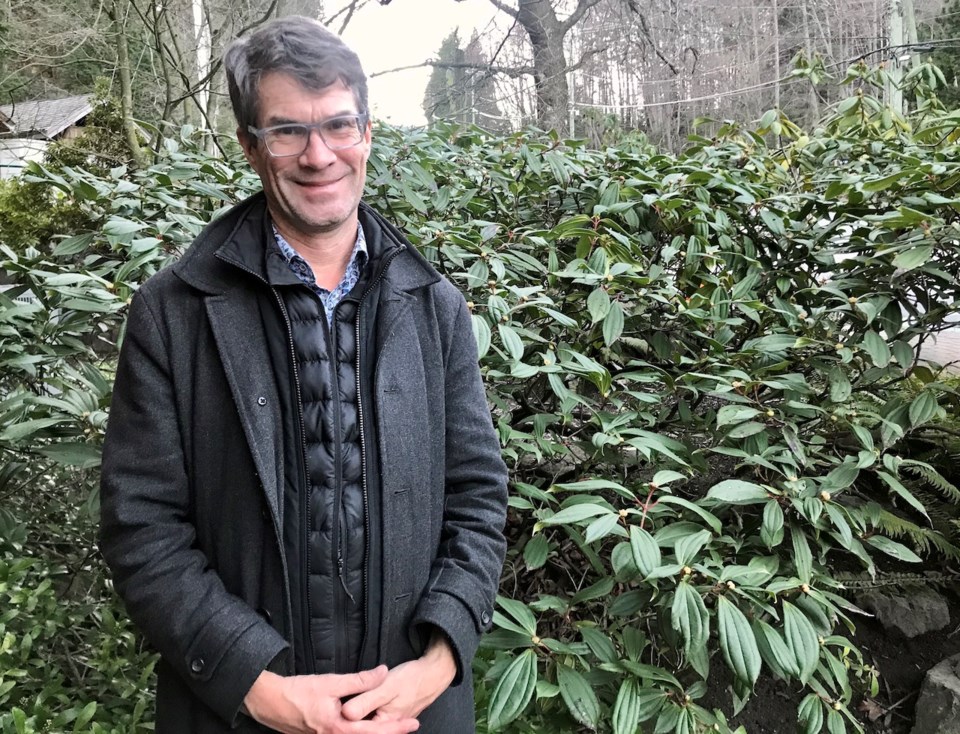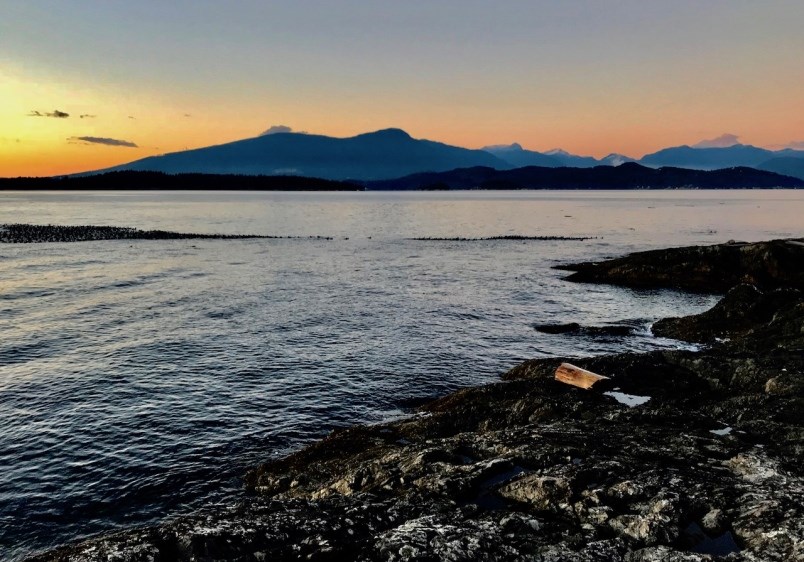Howe Sound may be renowned for its stunning scenery as one of North America’s southernmost fjords but that’s just scraping the surface.
Now, Howe Sounders can dive deep into the ecology of their home through the newly launched Atl'ka7tsem/Howe Sound Marine Conservation Assessment interactive map.
The map––an Ocean Wise and David Suzuki Foundation project––is available on both organizations’ websites and is free to use. It combines more than 140 layers of data to show the ecological landscape of the entire sound and to identify potential conservation areas.

Peter Ross is vice-president of research at Ocean Wise and a Bowen Island resident. He dropped by the Undercurrent office to put this new resource into perspective.
“In my view, what is quite special about this, is that it puts on a map that interwoven story of humans and nature,” says Ross. He describes the map as a tool that does its best to define the Howe Sound environment, the species and shorelines as well as human activities.
The map team used scientific data collected over decades, Traditional Knowledge from First Nations, information from citizen scientists and community members and others to create a snapshot of today’s Howe Sound.
Through the map, Bowen Islanders can learn about the eel grass meadows of Mannion Bay, the common murre of the golf course at Cowan Pt., the critical forage fish egg-laying habitat of Hood Pt. beaches and the rocky reefs of Hutt Island.
On the Ocean Wise side, it was the Howe Sound division of their Coastal Ocean Research Institute that helmed the map project.
“As a living laboratory, the Howe Sound area is a gift to the world,” Ross said. “It's an area that has been monitored, surveyed and charted and discovered for 40 plus years.”
“That's a really important foundation to where we are today.”
Of particular import in this story is the Howe Sound recovery. Ross noted how in the ‘70s and ‘80s scientists and community members realized that the sound was heavily affected by the industry––pulp mills and the defunct but unremediated Britannia Mine––in the fjord and the biodiversity was at risk.
“And the remarkable thing is, and I put this down to people opportunity, realization that there was something wrong with this place, everything came together,” he said. Vancouver Aquarium (now Ocean Wise), Department of Fisheries and Oceans, the Squamish Nation, citizens, scuba divers, came together for the decades-long recovery mission and study of the sound. Today, Ocean Wise divers are out in the sound several times a week monitoring everything from temperature and salinity to phytoplankton to rockfish and lingcod. Then there’s of course the exceedingly rare (they were once thought extinct) and shallow live glass sponge reefs sprinkled through the sound.
“There are very few places in the world where we're actually really monitoring, in a really long term fashion, what's going on underneath the surface of the ocean,” said Ross. “I think that's where the Howe Sound initiative…as documented in part through the this mapping initiative, gives us eyes and ears underwater.”
When it comes to the map’s future, updates aren’t guaranteed but certainly a goal.
“Having a snapshot tool like this at this point in time is like publishing an encyclopedia or a state of the ocean report ––it's valuable and it'll always be valuable,” said Ross, “but failure to update it in a in a way that provides insight into changes would be disappointing.”
“This [map] gives us a lot of power of acuity in terms of tracking progress, in terms of looking at the performance of our management measures or the various, sometimes expensive, solutions we might put into place,” he said. “So super important to monitor and to track over time.”



